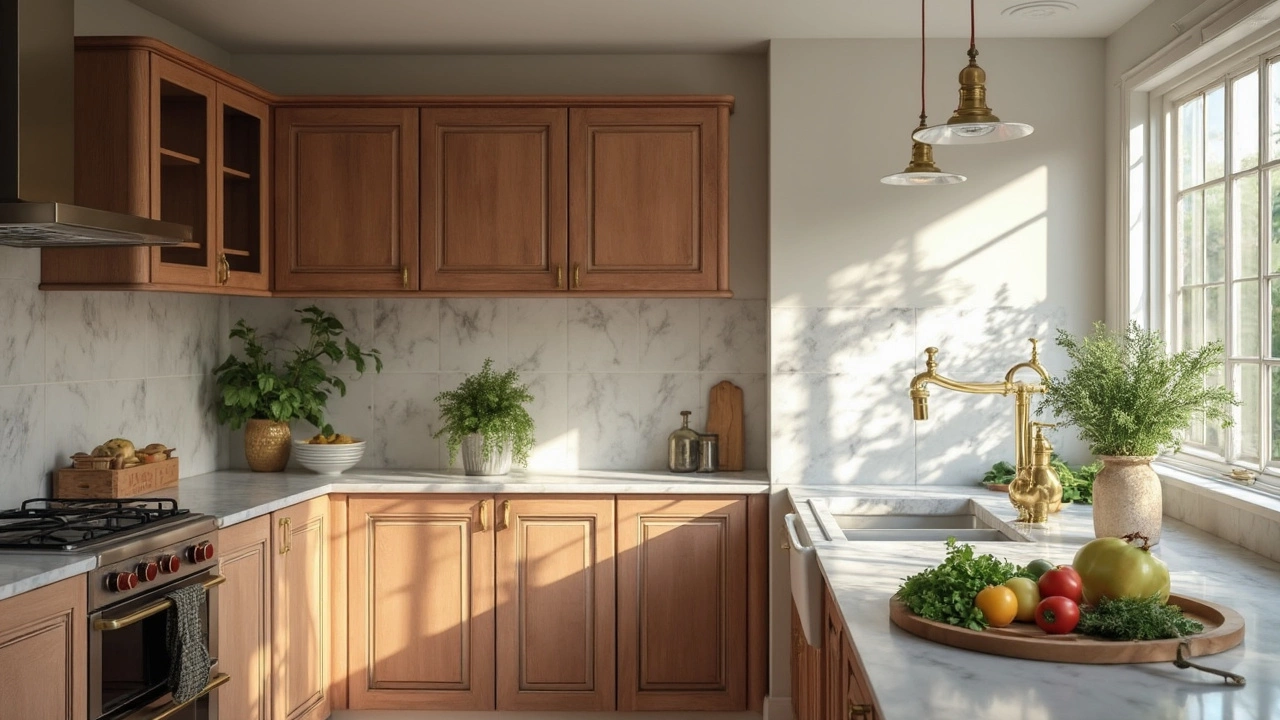Kitchen Remodel Budget: Practical Tips to Keep Costs Under Control
Thinking about giving your kitchen a fresh look but scared of the price tag? You’re not alone. A solid budget is the backbone of any remodel, and it doesn’t have to mean breaking the bank. Below you’ll find the numbers you need to watch, plus real‑world tricks to stretch every pound.
Break Down the Big Numbers
First, split the project into clear categories. Cabinets usually eat up 30‑35% of the total, so decide early whether you want custom, semi‑custom, or ready‑made units. Appliances are the next big chunk—look for sales, consider previous‑model stock, and don’t forget delivery fees.
Labour costs vary by region, but a good rule of thumb is 20‑25% of the overall spend. When you hire a kitchen fitter, ask for a detailed quote that separates demolition, rough‑in (plumbing, electrical), and final fitting. The “dry fit kitchen” approach—laying out cabinets and appliances without final screws—helps you spot layout problems before a nail is driven, saving weeks of rework.
Flooring, countertops, and backsplashes each add 10‑15% to the budget. A limestone floor from a local quarry can be cheaper than marble yet offers the same durability, especially for high‑traffic kitchens. For countertops, consider engineered stone over solid quartz; you’ll get similar look for less weight and lower installation fees.
Smart Ways to Save Without Skimping
Reuse what you can. If your existing layout works, keep the sink and stove locations—moving plumbing is pricey. Refacing cabinets instead of replacing them can drop cabinet costs by half while still giving a new look.
Shop smart. Compare three quotes for every trade, and ask each contractor what’s included. Some will bundle demolition and disposal, others will charge extra. Make the comparison easy by writing down labour, material, and any hidden fees.
Do small tasks yourself. Painting walls, installing a peel‑and‑stick backsplash, or assembling flat‑pack cabinet doors are perfect weekend projects. Just be honest about your skill level; a botched DIY job can cost more to fix.
Timing matters. Many suppliers run clearance sales after the new year or when new stock arrives. Ordering during these windows can shave a few hundred pounds off appliances and tiles.
Finally, add a 10% contingency fund. Unexpected surprises—like hidden water damage—are common, and having a buffer keeps the project moving without financing stress.
Put these steps into a simple spreadsheet, track each line item, and revisit the numbers weekly. A well‑planned kitchen remodel budget not only keeps your wallet happy but also makes the whole renovation feel less like a gamble and more like a win.
Realistic Budgets for Kitchen Remodels

Planning a kitchen remodel involves understanding realistic budgeting to avoid unexpected costs. There are essential factors like the scope of work, the difference between DIY and professional labor, and material choices that significantly impact expenses. Setting a comprehensive budget from the start helps in making informed decisions. Besides, considering hidden costs and the importance of wiggle room can save you from potential financial headaches.
read more



